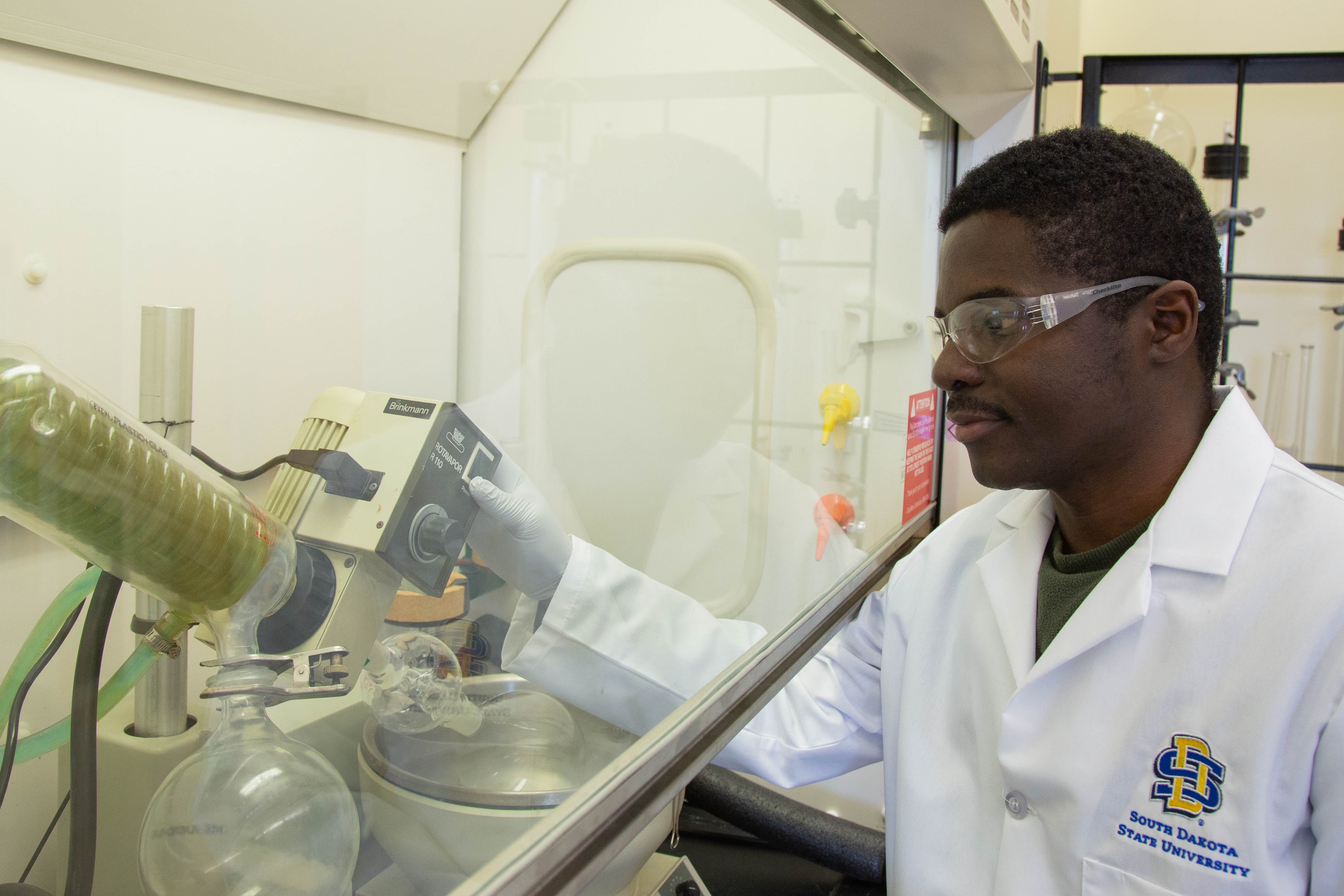Researchers at the University of New Hampshire have conducted two of the first studies in New England to collectively show that toxic man-made chemicals called PFAS (per-and polyfluoroalkyl substances), found in everything from rugs to product packaging, end up in the environment differently after being processed through wastewater treatment facilities—making it more challenging to set acceptable screening levels.
Tag: PFASs
Estrogenic and anti-estrogenic effects of PFASs could depend on the presence of estrogen
Researchers reporting in ACS’ Environmental Science & Technology have used a combination of laboratory experiments and computer modeling to reveal that PFASs can interact with the estrogen receptor in different ways to influence estrogen-controlled gene expression.

Newer PFAS compound detected for first time in Arctic seawater
Researchers reporting in ACS’ Environmental Science & Technology have studied the transport of 29 PFAS into and out of the Arctic Ocean, detecting a newer compound for the first time in Arctic seawater.

Developing field device to detect PFAS contamination
Detecting the presence of harmful manmade chemicals known PFAS in water and samples may soon be possible using a portable field device.
Winds spread PFAS pollution far from a manufacturing facility
Concerns about environmental and health risks of some fluorinated carbon compounds have prompted manufacturers to develop substitutes, but these replacements are increasingly coming under fire themselves. Scientists have been studying how widely these chemicals have contaminated the environment.
Pregnant women’s PFAS exposure linked to granddaughters’ obesity risk
The first human study to link blood levels of “forever” chemicals known as PFAS in pregnant women with the risk of obesity in their granddaughters is described in an ENDO 2020 abstract that will be published in the Journal of the Endocrine Society.
Comparing PFAS exposures in female firefighters and office workers
Researchers reporting in ACS’ Environmental Science & Technology have compared PFAS in the serum of female firefighters and female office workers, finding higher levels of three compounds in the firefighters.